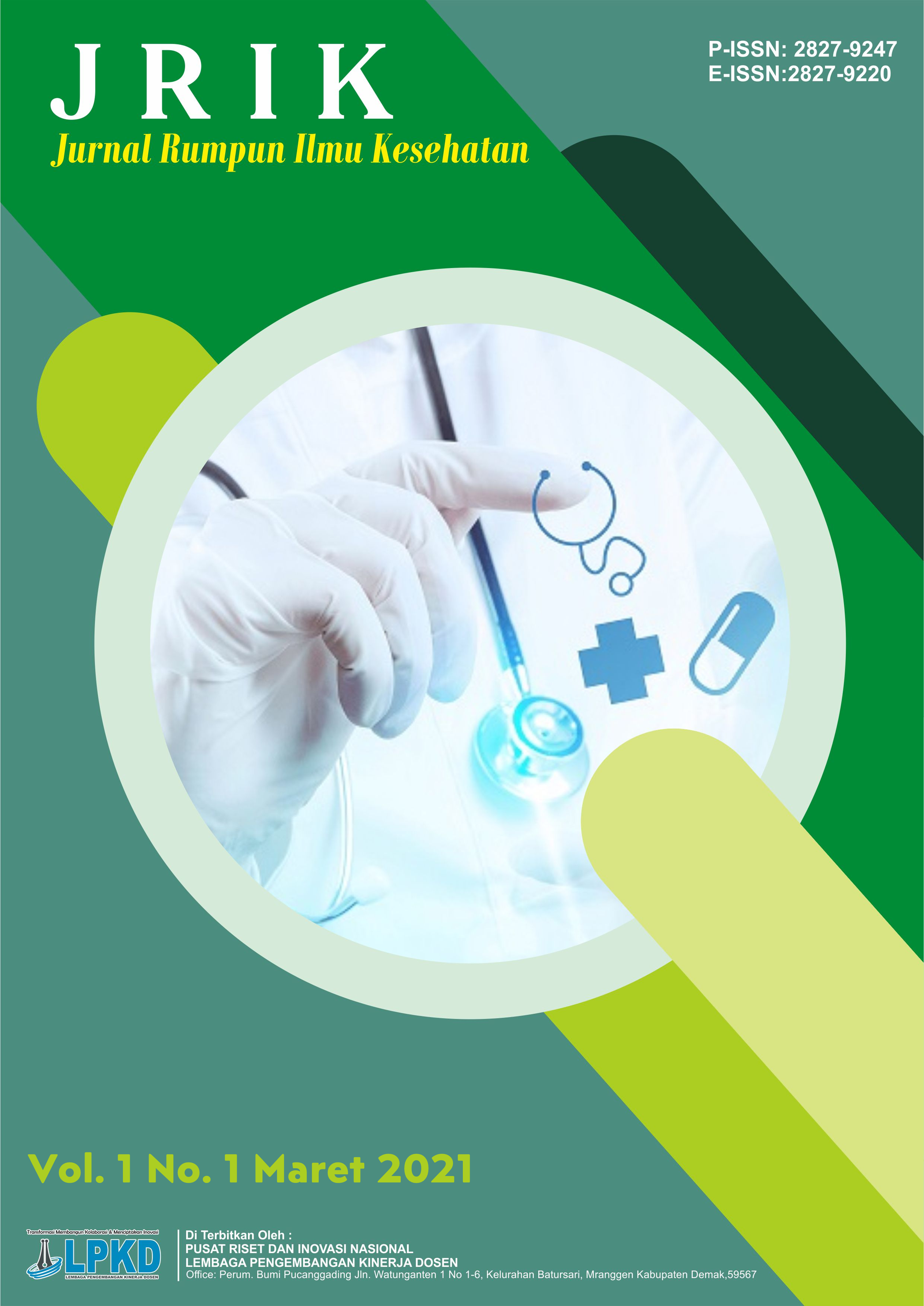GAMBARAN PERILAKU SELF HARM PADA REMAJA
DOI:
https://doi.org/10.55606/jrik.v1i1.3028Keywords:
Self-harm, YouthAbstract
This research is to find out how self-harm is formed in adolescents and what causes adolescents to do self-harm. This research is a qualitative descriptive approach using a quisiner observation method and a phenomenological study, namely a research strategy where researchers identify human experiences regarding a particular phenomenon. According to the study of phenomenology, it allows researchers to apply and apply their informant and interpersonal skills in conducting research. The data collection technique used in this study was using the SSCT test, SHI Questionnaire (self Harm Inventory), observation, closed interviews via WhatsApp. Self-harm is self-harm behavior defined as a person's behavior to injure oneself in various ways regardless of whether or not there is an intention and desire to die in adolescence. 19 years old who have done self-harm behavior Since the age of 16 years, then the 18-year-old A.A woman has done self-harm since high school at the age of 15 years. . The results showed that the form of self-harm behavior carried out by these teenagers showed behavior of crying in the middle of the night, blaming themselves, feeling empty, scratching, slashing on the surface of the skin, taking drugs randomly of any brand, drinking shampoo, speeding. speeding with a motorbike on the highway likes bloody pictures with a sense of relief, listening to music at a loud volume using the handset until the ears hurt. Factors that cause adolescents to carry out self-harm behavior are disappointment in parents, fear of emotional fathers, disappointment in mothers who do not pay attention, stress when bullied at school to depression caused by lack of ability to control negative emotions that are buried in individuals because some of the problems that occur in adolescents such as the lack of harmony and warmth in family relationships, problems with peers, and bullying.
Downloads
References
Dewi Kusuma A.F dkk. 2019. SELF Harm Inventori (SH I ) Versi Indonesia SEBAGAI Instrumen Deteksi Dini Perilaku Self Harm, Jurnal, Yogyakarta
Estefan, G., & Wijaya, Y. D. (2014). Gambaran proses regulasi emosi pada pelaku self injury. Jurnal Psikologi Esa Unggul, 12(01), 126410..
Apa itu menyakiti diri sendiri (self Harm) Sakiti diri untuk lampiaskan emosi, trauma masa kecil picu self harm, 2019, diakses tgl 20 maret 2020
Helaluddin, H. (2018). Mengenal lebih dekat dengan pendekatan fenomenologi: sebuah penelitian kualitatif. Jurnal ResearchGate, 1-15.
Hurlock, E. B. 2006. Psikologi Perkembangan: Suatu Pendekatan Sepanjang Rentan Kehidupan. Ciracas, Jakarta: Erlangga.
https://pijarpsikologi.org/self-harm-menyakiti-diri-menjadi-pilihan-untuk-menyalurkan-rasa-sakit/diakses 3 april 2020
https://www.indozone.id/life/mnsne4/mengenal-self-injury-penyebab-dan-penanganannya/diakses 3 april 2020
https://news.okezone.com/read/2019/10/02/340/1958616/pengakuansiswa-yang-menyayat-tangan-puas-dan-lega. Diakses pada tanggal 11 November 2019
Maidah, D. (2013). Self injury pada mahasiswa (studi kasus pada mahasiswa pelaku self injury). Developmental and Clinical Psychology, 2(1).
Whitlock, Janis. 2009. The Cutting Edge: Non-Suicidal Self-Injury in Adolescence. Article of psychology: Cornell University.
Whitlock, J. (2009). The cutting edge: Non-suicidal self-injury in adolescence. ACT for youth center of excellence.
Khalifah, S. (2019). Dinamika Self-Harm pada Remaja (Doctoral dissertation, UIN Sunan Ampel Surabaya).
Kurniawaty, R. 2012. Dinamika Psikologis Pelaku Self-Injury. Jurnal Penelitian dan Pengukuran Psikologi Vol. 1, No.1, 13-22.
Notosoedirdjo, M. (2014). Latipun, Kesehatan Mental, Konsep dan Penerapan, Malang.
Muthia, E. N., & Hidayati, D. S. 2015. Kesepian dan Keinginan Melukai Diri Sendiri Remaja. Psympathic, Jurnal Ilmiah Psikologi, Vol. 02, No. 02., 185-198.
Nock, M. K., & Banaji, M. R. 2007. Assessment of Self-Injurious Thoughts Using a Behavioral Test. Am J Psychiatry, 164, 820–823.
Rahayu, I. T., & Ardani, T. A. (2004). Observasi dan Wawancara. Malang.
Rao, K. N., Sudharsan, C. Y., & Begum, S. 2008. Self-Injurious Behavior : A Clinical Appraisal. Indian Journal of Psychiatry, Vol. 50, No. 04, 288-297.
Reichenberg, L. W. (2013). DSM-5 essentials: The savvy clinician's guide to the changes in criteria. John Wiley & Sons.
Soesilo, A. (2013). Perilaku Melukai Diri Sendiri.“. Perilaku Sembrono dan Psikologi Kesehatan” Fakultas Psikologi–UNIKA SOEGIJAPRANATA–SEMARANG, 1-22.
Sugiyono, M. P. P., & Kuantitatif, P. (2009). Kualitatif, dan R&D, Bandung: Alfabeta. Cet. Vii.
Downloads
Published
How to Cite
Issue
Section
License
Copyright (c) 2021 Jurnal Rumpun Ilmu Kesehatan

This work is licensed under a Creative Commons Attribution-NonCommercial-ShareAlike 4.0 International License.









